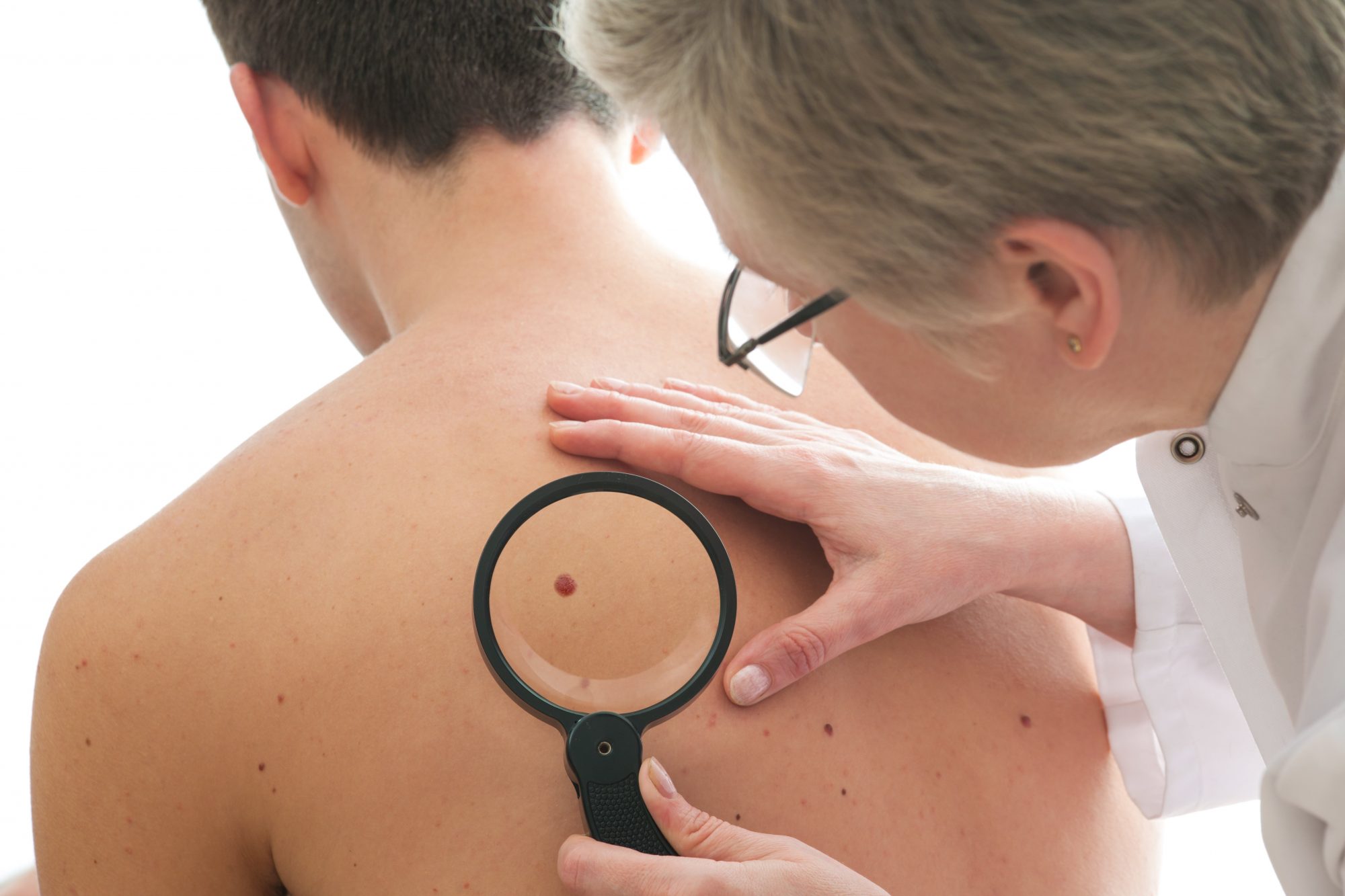It’s never too soon to see a dermatologist. After all, your skin is the largest organ of the human body. Scheduling an annual visit with your dermatologist is just as important as seeing your dentist or family doctor. Besides, it’s comforting to get a clear bill of health.
If you’re concerned about a suspicious mole, a skin blemish that won’t heal or what you may think is a precancerous lesion, then you definitely want to see a board-certified dermatologist who specializes in skin cancer — sooner rather than later.
You may be surprised to know that skin cancer (not breast cancer or lung cancer) is the most common form of cancer in the United States. And if you work or play in the sun a good deal of the time, you should know that 90% of new skin cancer cases are caused by the sun’s UV rays.
The Skin Cancer Foundation reports that more than 3.5 million cases of skin cancer are diagnosed annually, which affect more than 2 million people. Preventing skin cancer is a responsibility that starts with you and your skin care habits.
But when you encounter potential problems, especially those that manifest as possible signs of skin cancer, you want to seek out the best dermatologist available.
Signs of Skin Cancer
Knowing what to look for will enable you to recognize a problem. The ABCDEs of skin cancer help you readily identify an anomaly as explained here.
- A – Asymmetrical
- B – Ragged Border
- C – Nonuniform Color
- D – Dimension: larger than 6 mm (slightly less than ¼”)
- E – Evolving or Changing
If your skin shows any of these signs, you should consult your dermatologist. Early detection is your best chance for a solution.
Skin Types
The type of skin you have is a key factor in determining your risk for skin cancer. Fair skin is at the highest risk because there is less pigment to protect from ultraviolet ray (UVR) exposure. Dark or olive skin has more pigmentation and has more natural protection.
However, people with all skin types can get skin cancer. Other factors include having severe sunburns as a child, an unusual number of moles, a family history of melanoma and high UVR exposure.
Treatments
“The good news is that there are many effective treatments for skin cancer,” says Dr. Sital Patel, a board-certified dermatologist with U.S. Dermatology Partners of Austin – Four Points. “A dermatologist can recommend the best treatment option for you, depending on the stage and type of skin cancer.”
Some forms of skin cancer may be treated non-surgically using topical creams, liquid nitrogen (cryosurgery), curettage, light-based treatments or laser treatments.
For many skin cancers, a surgical procedure is the preferred method. If skin cancer is diagnosed, surgical excision may be performed. These procedures should only be performed by a board-certified dermatologist specially trained in the treatment of skin cancer.
Remember, your skin is with you for life, so caring for it properly is both a responsibility and an investment that’s worth more than time or money.
Looking to get a Skin Cancer Screening?
We have multiple locations throughout the country, so fill out our simple online form to get in touch with us. One of our local team members will reach out to you shortly to answer your questions or schedule an appointment for you to visit us soon.
Find a location near me
or

